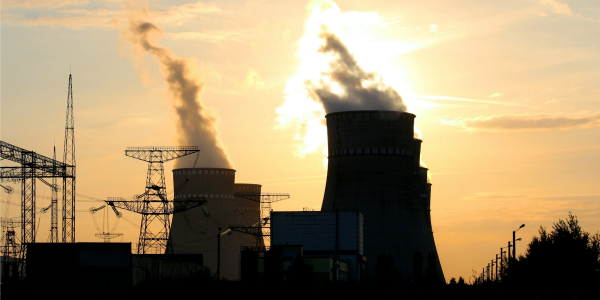
 |
Professor Karen Turner 24 January 2017 |
The Scottish Government has published a consultation document on the over-arching Scottish Energy Strategy. The aim of the strategy is to ensure that Scotland has the best policies in place to optimise its approach to achieving goals and targets required under the new draft Climate Change Plan (published last week). In this respect it links to the Scottish Energy Efficiency Plan (also published today) and other key existing plans and statements, such as the Electricity Generation Policy Statement (published in 2013) and Heat Policy Statement (2015).
The aim of the energy strategy is to create a long term vision for the energy system in Scotland, identifying three priority areas in energy supply to meet our needs, transforming energy demand and use and creating smart local energy systems. In doing so, it introduces consideration of some of the potential ‘game changers’, such as hydrogen and CCS, that do not yet exist at any scale in Scotland and were absent from the Climate Change Plan.
The development of the strategy, building on the existing policy framework that supports Scotland’s ambitious renewables and emissions reductions targets, involving wider consultation on the design of specific policies (e.g. on energy efficiency) is considered necessary in order to responds to a number of drivers of change, including shifts in UK Government policy and new devolved powers for the Scottish Parliament.
The ambitious and ‘whole system’ approach to the new Scottish Energy Strategy, particularly with a strong focus on demand side and local level energy system issues, is to be welcomed. However, there will be challenges in developing from this strategy to a set of plans and policies that are actually executable.
The strategy is built around a broader aim of delivering on multiple policy objectives regarding the sustainability and resilience of the energy system and the wider economy, as well as ambitions for reduced inequality across individual households and a more local-level and community-focused approach. Thus, it is necessary for the Scottish Government to identify any tools and levers necessary to realistically achieve their ambitions, and consider the next steps in the devolution process where these are currently reserved by Westminster.
A fundamental problem that challenges the delivery of long term energy and climate goals is that a lot people need to be mobilised. Changing how we use energy requires that millions of individuals and thousands of private firms ‘buy into’ and participate in progress towards what are ultimately a set of wider (even global) societal benefits that may not be perceived as delivering commensurate returns to individual household and companies.
Take for example, energy efficiency. Many, or even most people are likely to share the view that ultimately it is a ‘good thing’ that is likely to make energy more affordable while also reducing our physical demands. However, the financial investments required to achieve may be viewed as a less than appealing use of hard-earned income when set against the time taken to realise what may be modest reductions in our household energy bills.
The new Scottish Energy Efficiency Policy quite rightly prioritises public funding support on paying for energy efficiency improvements in the lowest income households, where fuel poverty and heating-related health concerns are at their most acute. However, it is not clear how the rest of us may be persuaded to join in, or fully participate in the effort and investment required.
Where the return is predominantly a societal rather than a private one (as is also the case in ‘game changing’ solutions such as hydrogen and CCS) Government has more of a role to play. Moreover, caution must be exerted, particularly in the current political climate, in the proposal of policy instruments that involve coercing individuals to take action as this runs the risk of alienating the public and firms from climate and energy policy action.
So the question is, what levers does the Scottish Government have at its disposal, or could it seek through further devolution, that would and should do the job of realising our multiple energy, climate, economic and social policy objectives? The discussion must not be limited to the technological potential and possibilities – it must focus on the human side of the issue, and the public policy and political challenges that brings.
Tags: News & Blogs